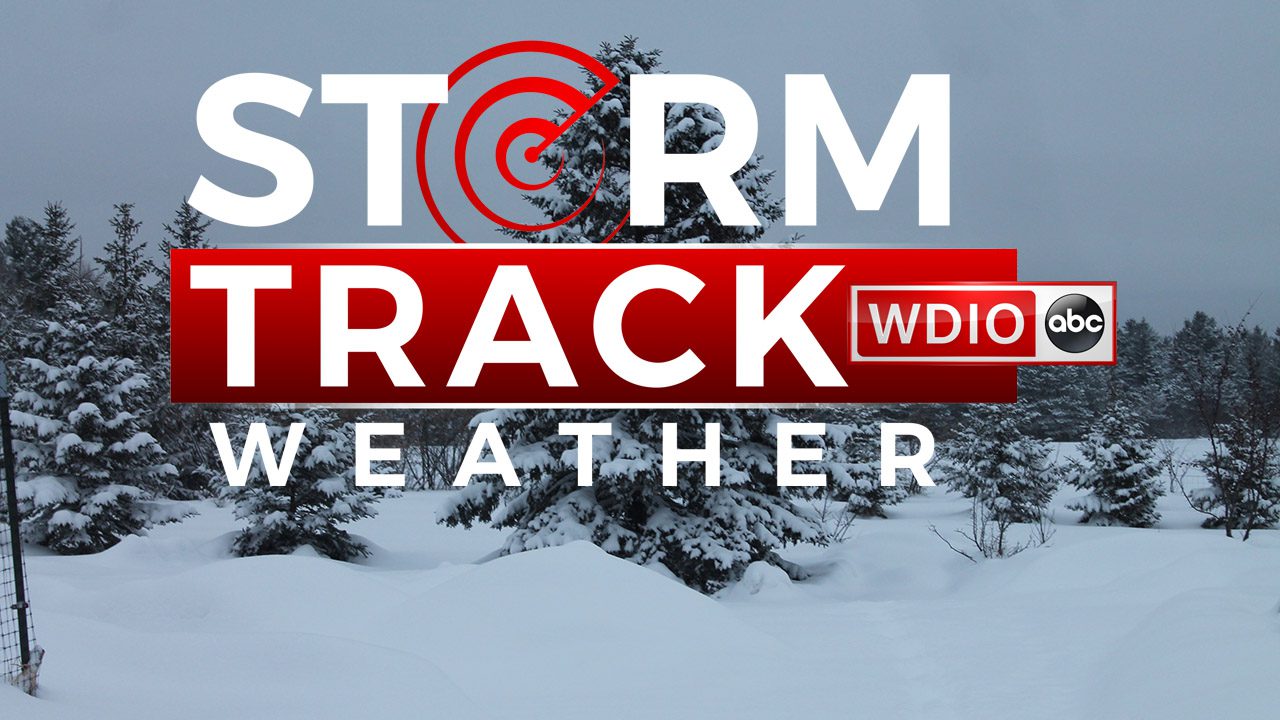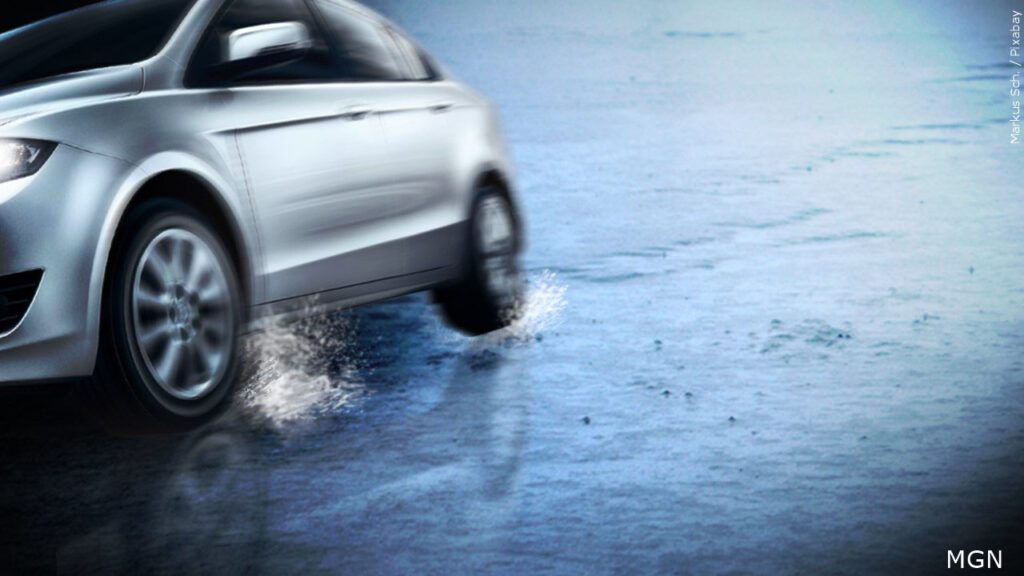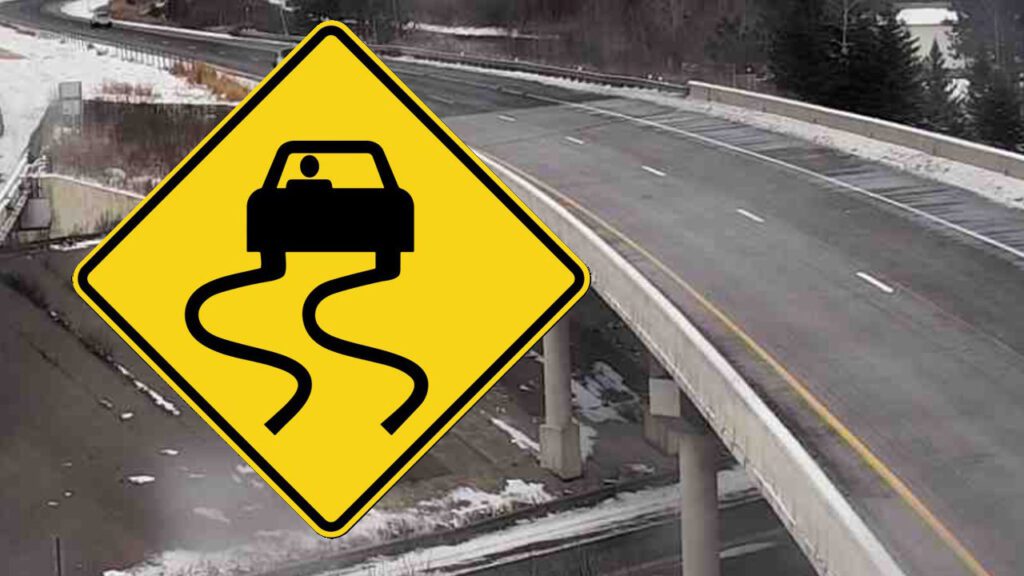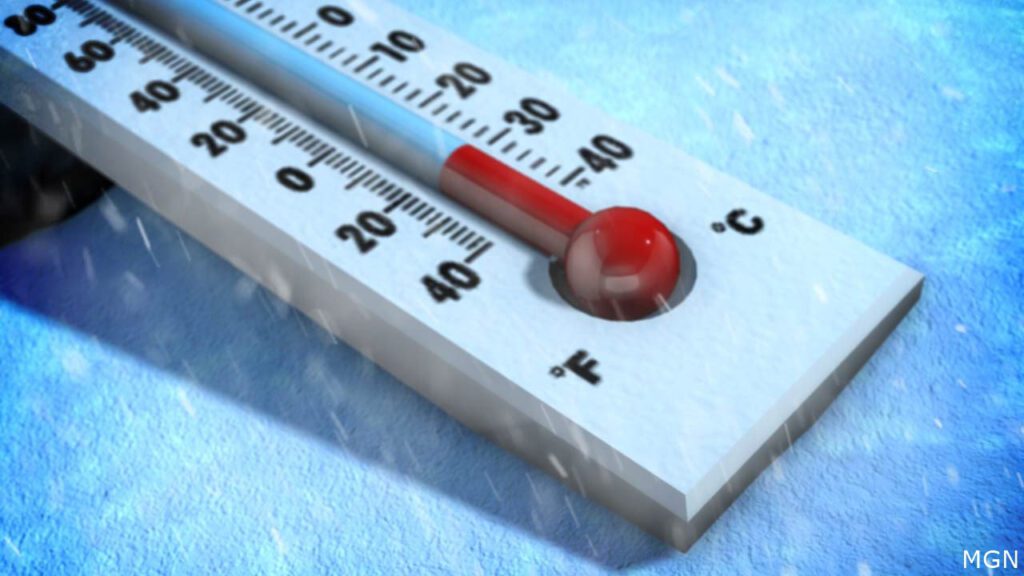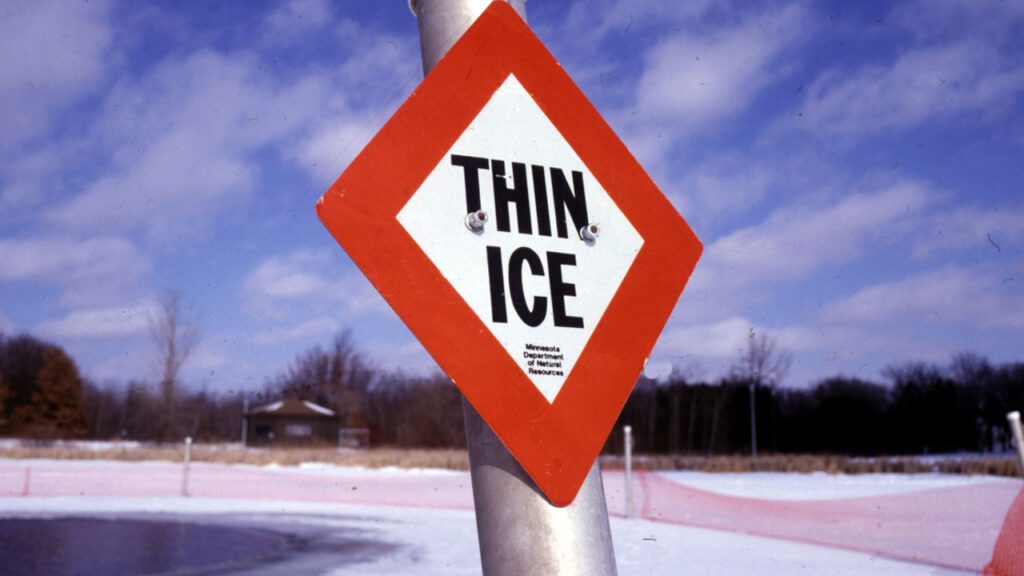WATCH: Conditions are favorable for a blizzard event in the next 24 to 72 hours. Sustained wind or frequent gusts greater than or equal to 35 mph will accompany falling and/or blowing snow to frequently reduce visibility to less than ¼ mile for three or more hours.
Action: Pay attention to changing weather reports and warnings of freezing weather and winter storms. Listen for emergency information and alerts. Be prepared for winter weather at home, at work and in your car. Create an emergency supply kit for your car and make sure you have enough supplies in case you need to stay home.
WARNING: Strong winds of 35 mph or greater will combine with snowfall to produce blinding snow, near zero visibility, deep drifts, and life threatening conditions, especially for people attempting to travel.
Action: Gather supplies in case you need to stay home for several days without power. Keep in mind each person’s specific needs, including medication. Remember the needs of your pets. You are strongly urged not to travel. If you must travel, alert someone to your travel plans. Have a charged cell phone and extra charger. Make sure you have your emergency car kit available. (See Winter Storm Warning.)
- If you become stranded, stay in the vehicle and wait for help. Authorities advise not going for help unless you can see assistance within 100 yards. Run the engine for about 10 minutes each hour, using the heater while the engine is running. Slightly open a window for ventilation. Remember to move your extremities to keep up circulation. Clap your hands, move your toes, arms and legs occasionally. If more than one person, take turns sleeping.
